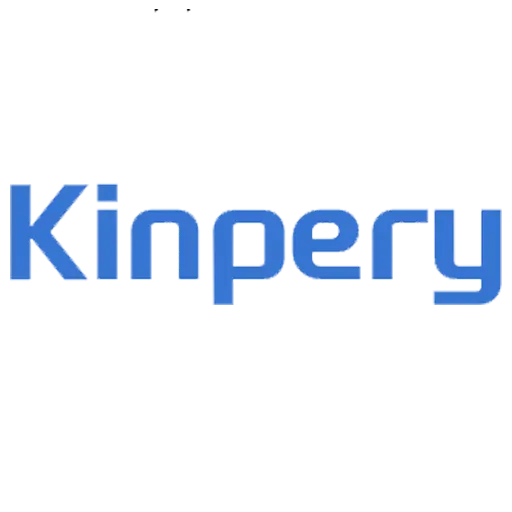
Spunbond Nonwoven Fabrics is made from Polypropylene (PP). After extruding and stretching polymers to form continuous filaments, and then the filaments are laid into a web. The web is then bonded through self-adhesion, thermal bonding, chemical bonding, or mechanical reinforcement methods to create nonwoven fabric.
Product Features: Good heat resistance, good cold resistance (polypropylene can be used for long periods in a 150°C environment, polyester can be used for long periods in a 260°C environment), aging resistance, UV resistance, high elongation, good stability and breathability, corrosion resistance, sound insulation, mothproof, non-toxic.
Manufacturing Process: Polymer (polypropylene + recycled material) - High-temperature melt extrusion with large screw - Filtration - Metering pump (quantitative conveying) - Spinning (stretching and suction at the upper and lower ends of the spinning inlet) - Cooling - Airflow traction - Web formation - Upper and lower pressure rollers (pre-reinforcement) - Hot rolling by calendering machine (reinforcement) - Winding - Slitting by unwinding and cutting - Weighing and packaging - Finished product warehousing.
Spunbond nonwoven fabric is an important category of the nonwoven fabric family, and it is widely used in various different industries, covering fields such as medical, hygiene, clothing, industry, agriculture, construction, geotechnical, etc. As details as below lists:
Medical: surgical gowns, surgical drapes, masks, medical gauze, and other medical supplies, with excellent water absorption and breathability, and bacterial barrier performance , effectively protecting patients and medical staff.
Hygiene: sanitary napkins, adult diapers, baby diapers, pull-ups etc., with good water absorption breathability, and skin friendly.
Clothing: it is used for interlining and filling materials for shirts, trousers, jackets, etc., with softness, comfort, and good warmth.
Industry: Used for filtering materials, insulation materials, waterproof materials, and other industrial products, with good filtration performance and durability.
Agriculture: Used for agricultural coverings, greenhouse fabrics, etc., with good breathability and thermal insulation, helping to increase crop yields.
Construction: Used for wall isolation layers, roof waterproof layers, floor sound insulation layers, and other building materials, with functions such as waterproofing, breathability, and sound insulation.
Geotechnical: Used for geotextiles, geobags, and other civil engineering applications, can enhance soil stability and bearing capacity, and prevent soil erosion.


